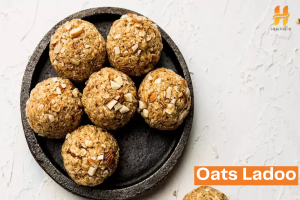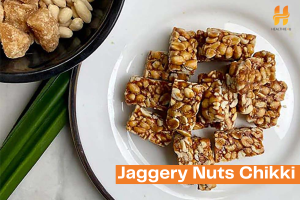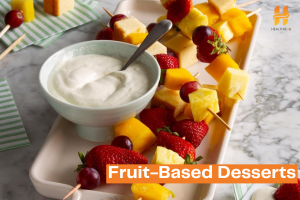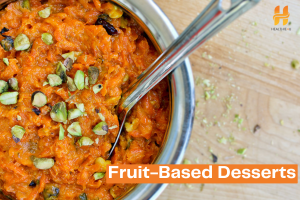

According to W.H.O. 2016 globally Diabetes is a huge and growing burden, which had drastic impact on public health. About 415 million adults were living with diabetes in 2015 and this number is expected to increase around 642 million or one in ten adults by 2040, where one in two adults with diabetes is undiagnosed. Up to 70% of type 2 diabetes cases can be prevented or delayed by adopting healthier lifestyles
Apple cider vinegar (ACV) is a type of vinegar made with crushed fermented apples, yeast, and sugar. It’s used as an ingredient in foods such as salad dressings, pickles, and marinades.
Types of Apple Cider Vinegar:
Apple cider vinegar is made through a process called fermentation.
The process has two steps:-
First, the apples are crushed and yeast is added to speed up the fermentation process, so the sugar converts into alcohol after a few weeks.
Then, natural bacteria break the alcohol down into acetic acid, which gives vinegar its tangy taste and odor.
Most ACV you find in the grocery store is the clear, pasteurized, and filtered type. But you can also buy raw, unfiltered ACV that contains cloudy sediment. Called “the mother,” this substance is made up of settled bacteria and yeast.
Some common uses of ACV include:
- Supporting digestion:
It may help improve digestion and relieve bloating when taken before meals. - Aiding in weight management:
Some studies suggest that ACV can help regulate blood sugar levels and increase feelings of fullness. - Improving skin health:
ACV is sometimes used as a toner to balance skin pH and reduce acne. - Hair care:
It’s often used as a rinse to add shine, reduce dandruff, and balance scalp pH.
Apple Cider Vinegar (ACV) is often explored as a natural aid for managing blood sugar levels, which can be particularly beneficial for people with diabetes. Here’s how ACV may help with diabetes:
-
Improving Insulin Sensitivity:
Some studies suggest that ACV can improve insulin sensitivity, which helps cells respond more effectively to insulin and take in glucose from the bloodstream, reducing blood sugar levels.
-
Lowering Blood Sugar after Meals:
Taking ACV before meals may help prevent blood sugar spikes, especially after eating carbs. ACV has been shown to slow down the digestion and absorption of carbohydrates, resulting in a steadier rise in blood sugar.
-
Reducing Fasting Blood Sugar Levels:
Consuming a small amount of ACV before bedtime has been associated with modest reductions in fasting blood sugar levels by morning. However, more research is needed to understand how consistent this effect is.
How to Use ACV for Diabetes:-
If you’re considering using ACV for blood sugar control, here are some tips:
– *Dosage*: Start with 1–2 teaspoons of ACV diluted in a glass of water, taken before meals.
– *Frequency*: Begin by using it once daily and observe any changes. If well-tolerated, it can be increased to 2–3 times daily.
– *Caution*: Since ACV is highly acidic, it’s essential to dilute it to protect your teeth and stomach lining. Drinking it through a straw can also minimize contact with your teeth.
Important Notes
While ACV may offer support for managing blood sugar, it should not replace prescribed diabetes treatments. People taking insulin or medications that lower blood sugar should talk to their healthcare provider before adding ACV to avoid the risk of hypoglycemia (low blood sugar).
The Evidence that ACV can Benefit Diabetes
Recent research has indicated that ACV can significantly reduce blood sugar levels after a starchy or a high glycemic index (GI) meal but not after a low GI meal. Other research has indicated that ACV can decrease the HbA1c Value when it is used regularly.This effect seems to hold true in both T2D and T1D. Vinegar taken at bedtime also seems to reduce blood sugar levels measure the following morning. ACV seems to do this mainly by improving insulin sensitivity—making cells more responsive to the signals from insulin.
















